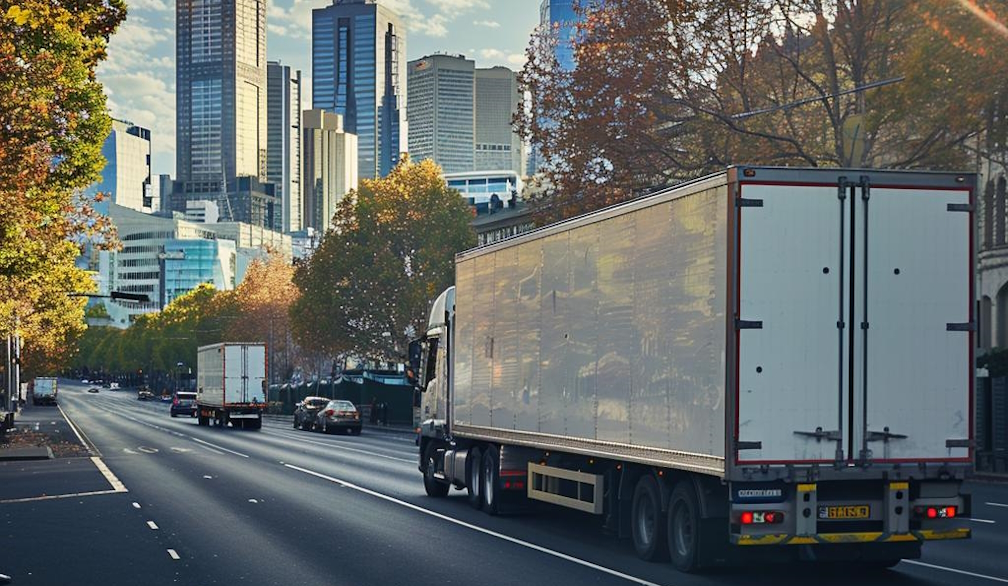Tips for Your Commercial Property Move

Relocating a commercial property can pose a major challenge and is far more complex than simply moving house. With multiple factors to consider, such as furniture, vital business equipment, and keeping disruptions to a minimum, moving business is something which needs meticulous planning.
However, with the right approach, moving your business is something that can go off without a hitch. Here are some essential tips to help you navigate the challenges of moving a commercial property.
Start with a Solid Plan
Anybody moving commercial property needs to kick things off with a detailed plan. Draft a rough timeline of events that outlines all tasks that need to be completed before, during, and after the move.If you decide to find piano movers the Woodlands on time, it can save you stress when it's time to relocate..
This timeline should include non-negotiable deadlines to keep everyone motivated and on track.
Communication is Key
A smooth move simply cannot occur without effective communication. Inform employees, clients, and vendors of your plans well in advance about the relocation. Providing regular updates about the move’s progress can help manage expectations and reduce all of the stress that the process can bring.
Transparent communication also helps maintain trust and prevents misunderstandings, ensuring that commercial property movers can ease the burden placed on the business owner.
Hire Professional Commercial Removalists
Enlisting the help of business movers in Australia during the moving process is a no-brainer. These experienced professionals have both the tools and skills needed to handle the complexities of a business move. They can provide valuable advice on all aspects, such as packing, logistics, and what to do with bulky items.
By entrusting the heavy lifting to professionals, you can focus on managing the other critical components of the relocation. You Pack Removals also offers insurance options, providing peace of mind that your valuable assets are protected during the move.
Conduct a Thorough Check
Taking stock of what’s being moved is an integral part of the relocation process. Start by listing all office items, including furniture, electronics, and supplies. This helps track your belongings and ensures nothing is lost during the move. It also aids in identifying items that require special handling or those that can potentially be discarded.
Taking the time to do this streamlines the packing process, provides a clear record for insurance purposes, and simplifies the setup in your new location.
Update Your Business Information
Updating your business information before the move is crucial to avoid disruptions. Don’t forget the simple things like updating your address on Google My Business, Australia Post and your business website. Inform customers and vendors of your new location to ensure that nobody gets a nasty surprise.
Of course, you also need to update your details with government agencies and utility providers.
Prepare the New Space
Well head of the move, visit the new premises to ensure it is ready to be occupied. Check that facilities such as electricity, water, and internet are working as expected. Make sure to complete any necessary renovations or repairs and ensure the space is clean and safe for your team. Arrange the new office layout in advance, considering the placement of furniture, equipment, and workstations.
Pack Methodically
Methodical packing is key to an efficient move. Start by categorising items and packing them into clearly labelled boxes, indicating their contents and the room they belong to in the new office. Don’t compromise on the quality of the packing materials to protect particularly valuable or fragile items. Pack essential items separately to keep them easily accessible.
Budget Wisely
Moving can be costly, so it’s essential to create a comprehensive budget. Include all potential expenses, such as packing materials, removalist fees, insurance, and any repairs or renovations needed at the new location. Track your spending meticulously and keep receipts for all expenses to monitor your budget and manage costs effectively.
Test Equipment and Systems
After moving into the new premises, it’s important to test all equipment and systems to ensure they are functioning correctly. Check your IT infrastructure, payment terminals and any other essential technology. Address any issues immediately to minimise downtime and ensure a smooth transition.
Testing equipment and systems early on help prevent operational disruptions and ensures that your business can resume normal activities as quickly as possible, helping maintain the status quo with your customers.
Conclusion
Moving a commercial property requires careful planning and execution. By starting with a solid plan, communicating effectively, hiring professional commercial removalists, and preparing both the old and new spaces thoroughly, you can ensure a smooth transition.
Remember to update your business information, pack methodically, budget wisely, and test all systems upon arrival. Following these tips will help make your move one that should be embraced rather than feared.





















